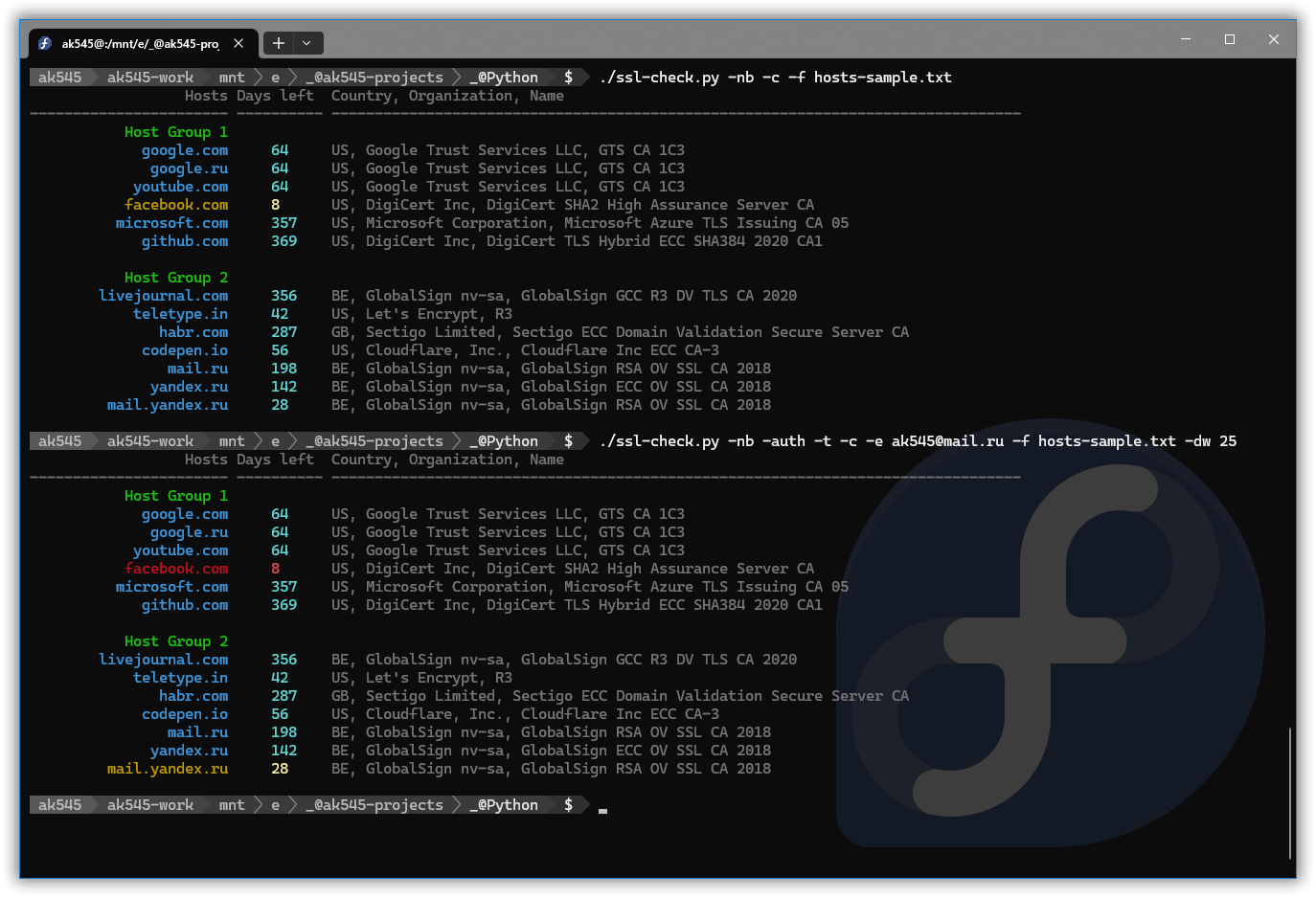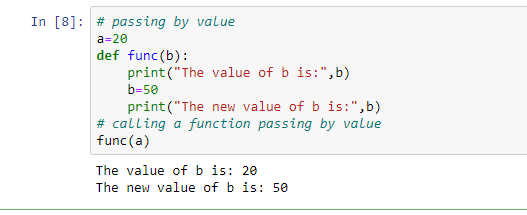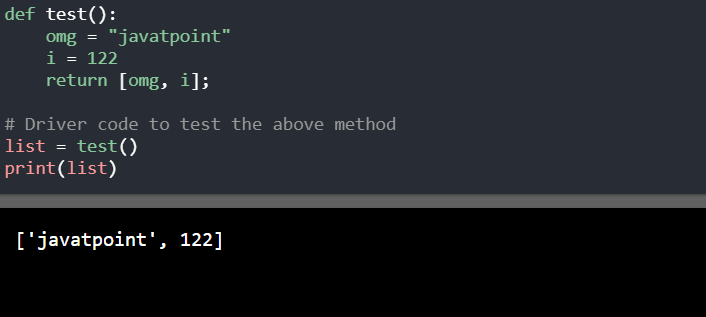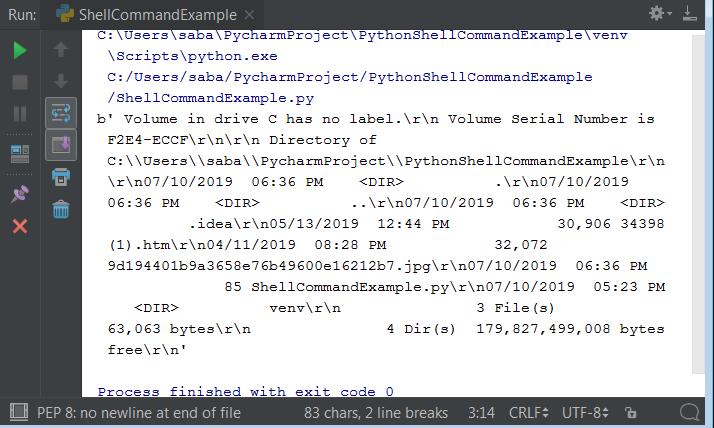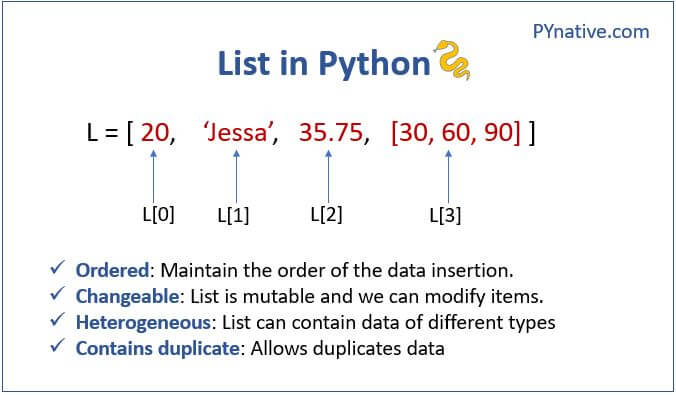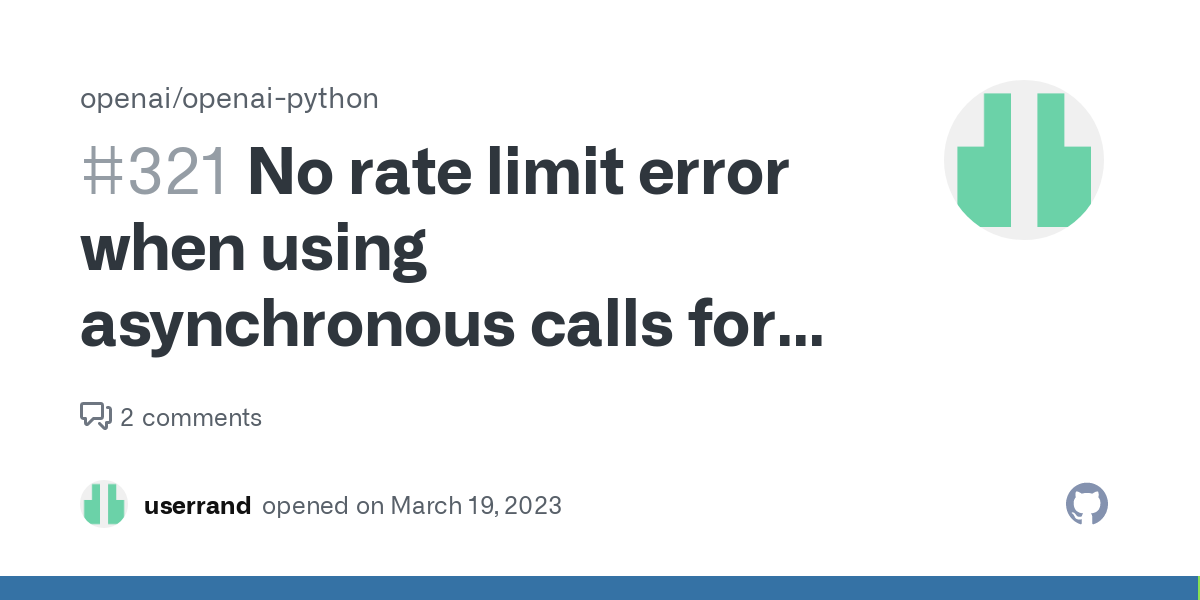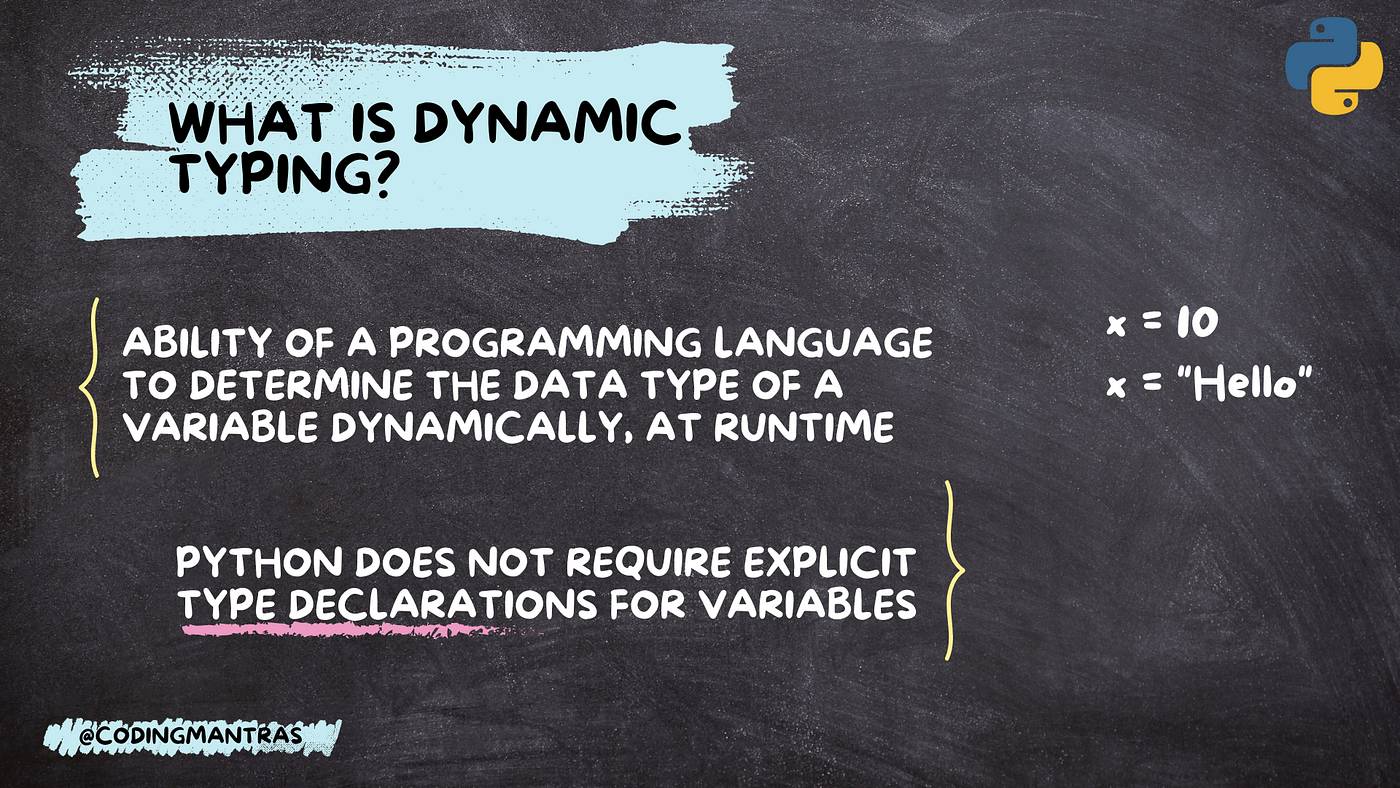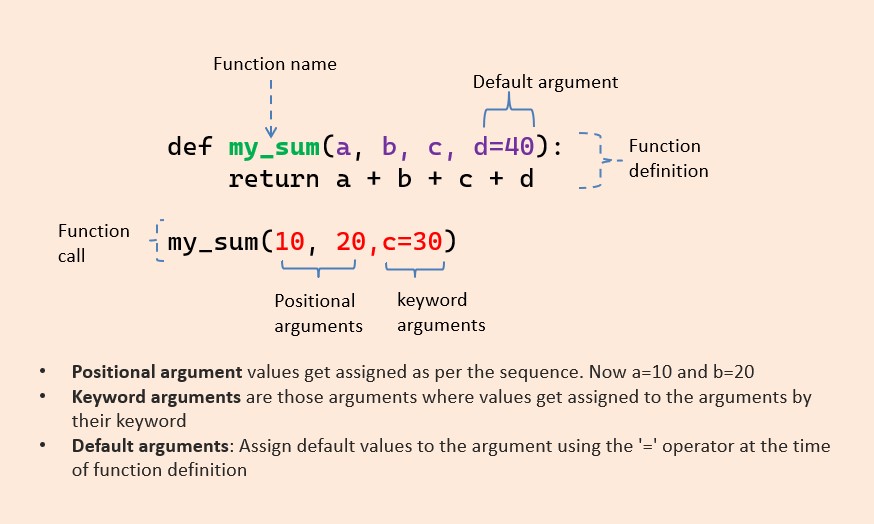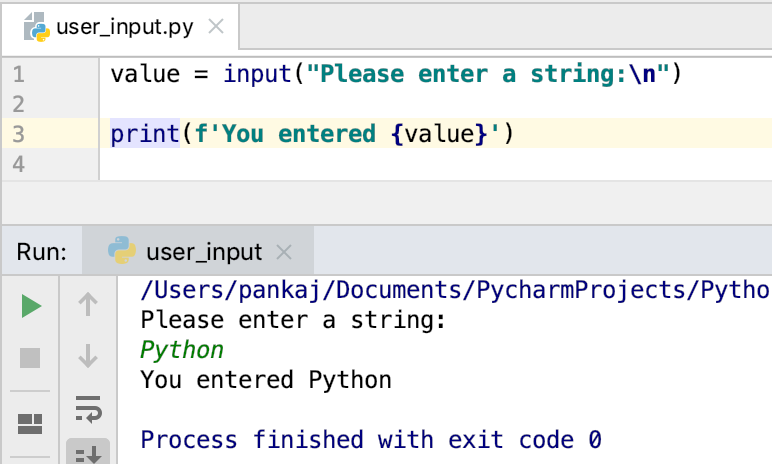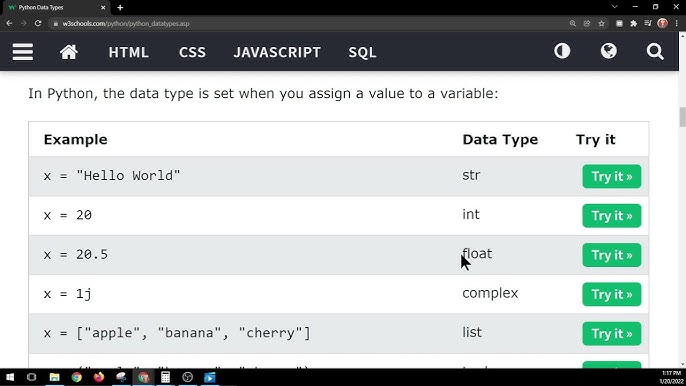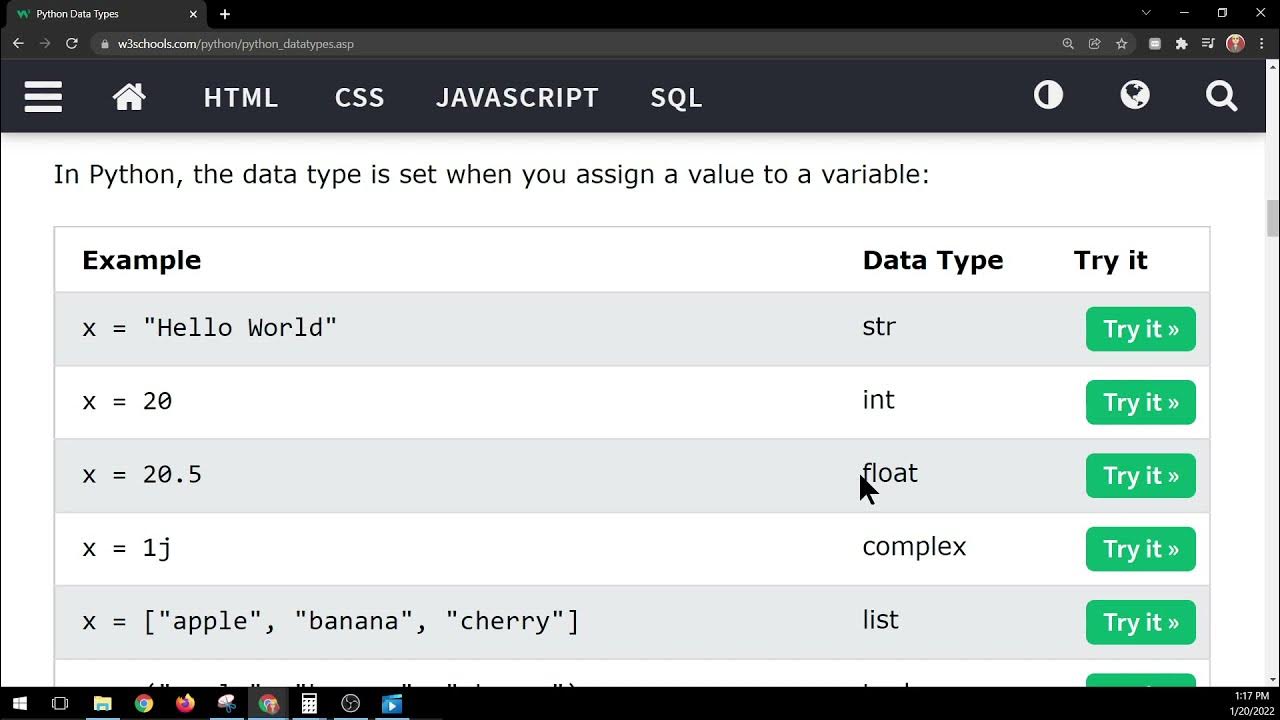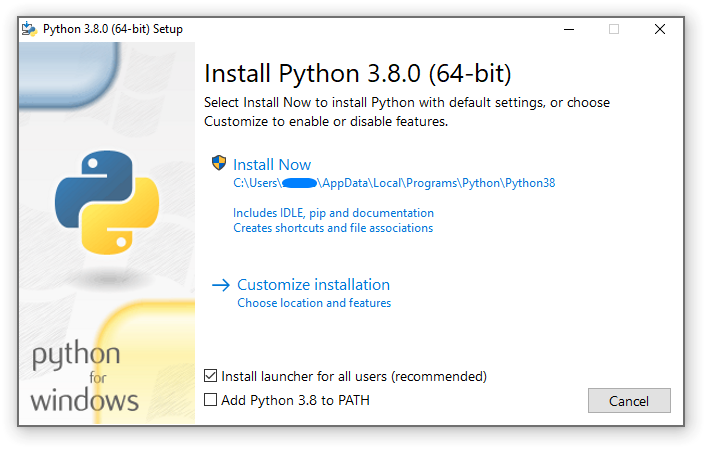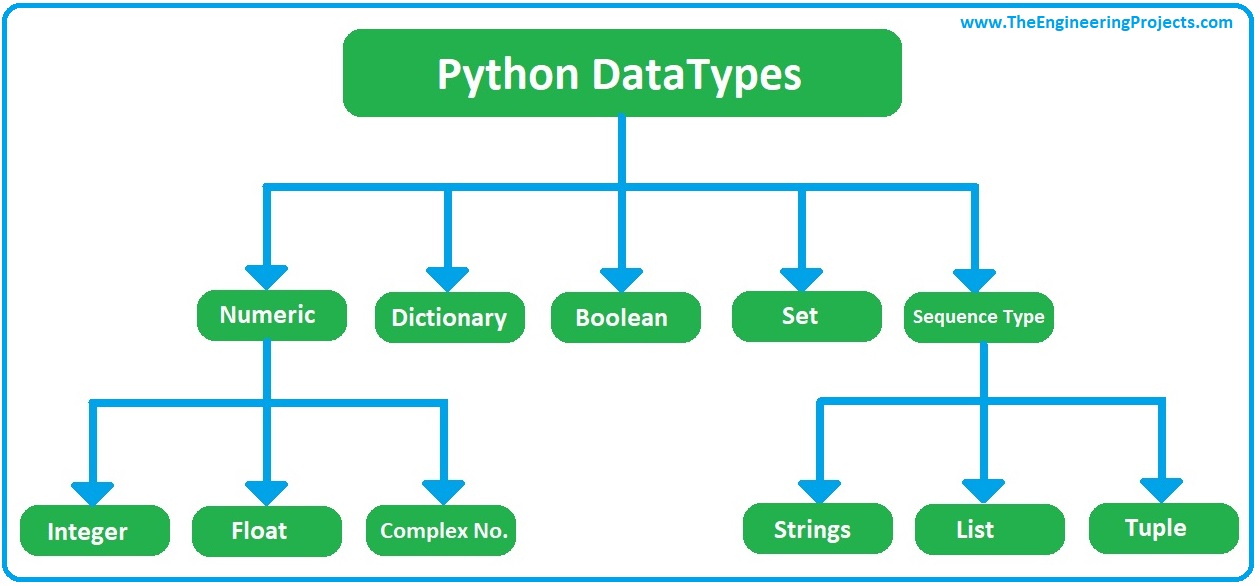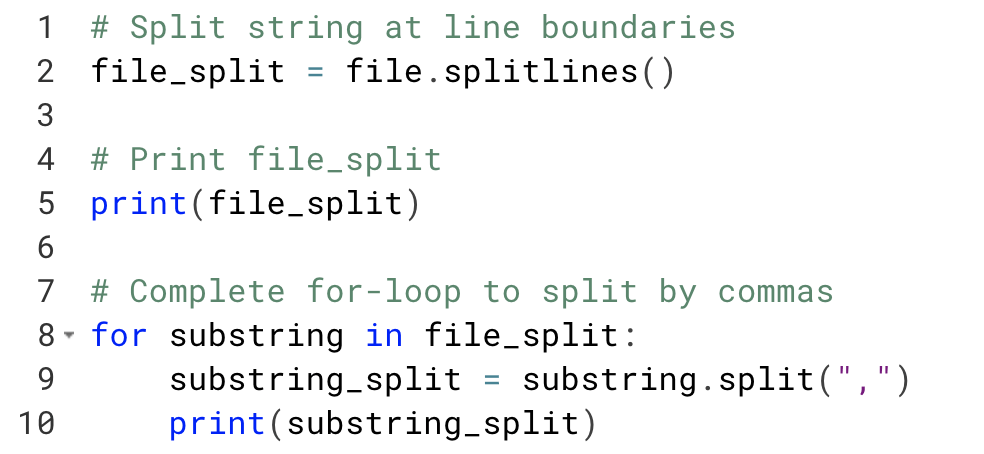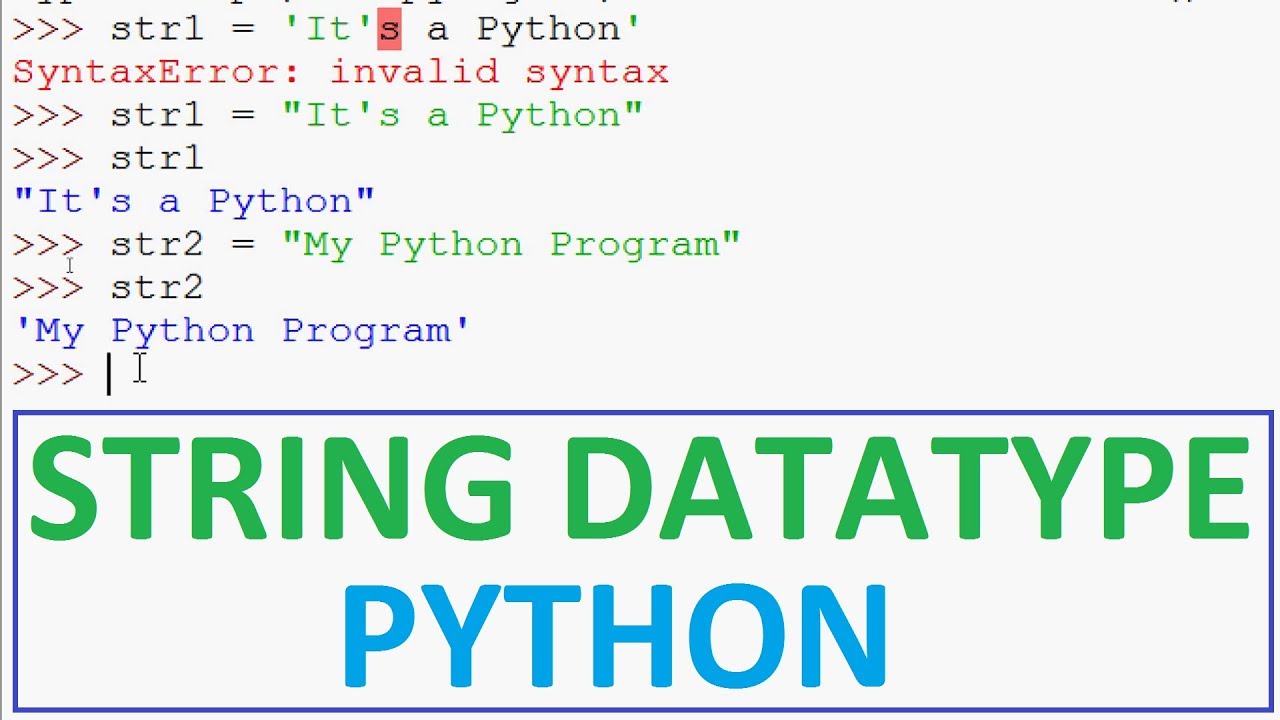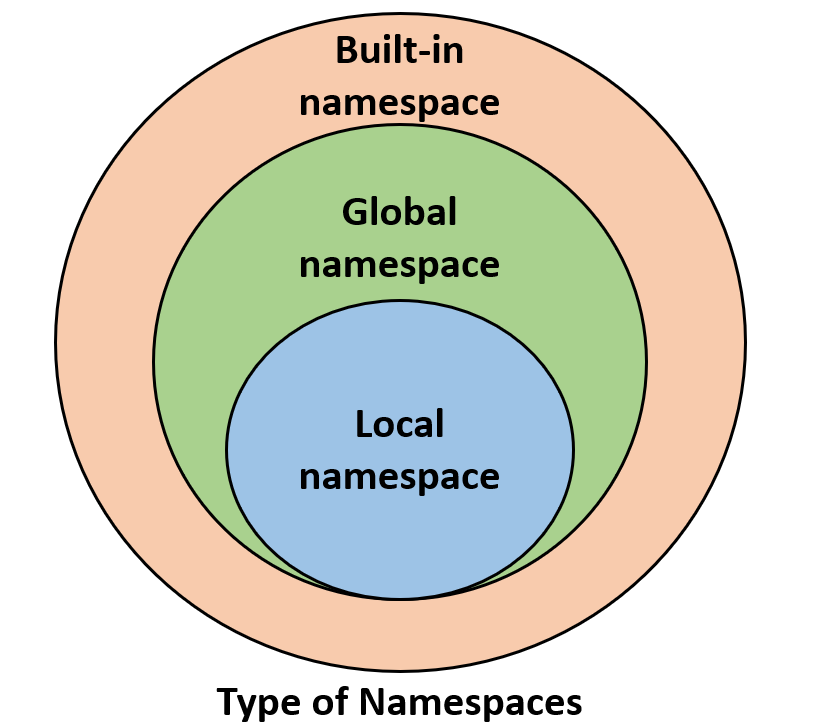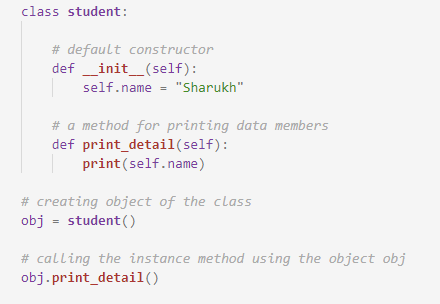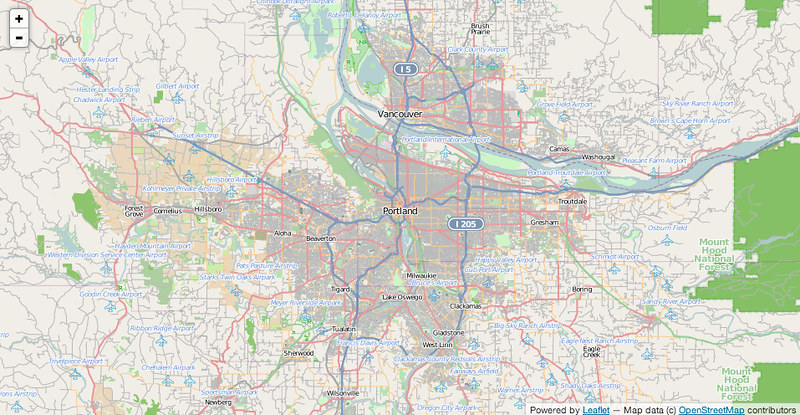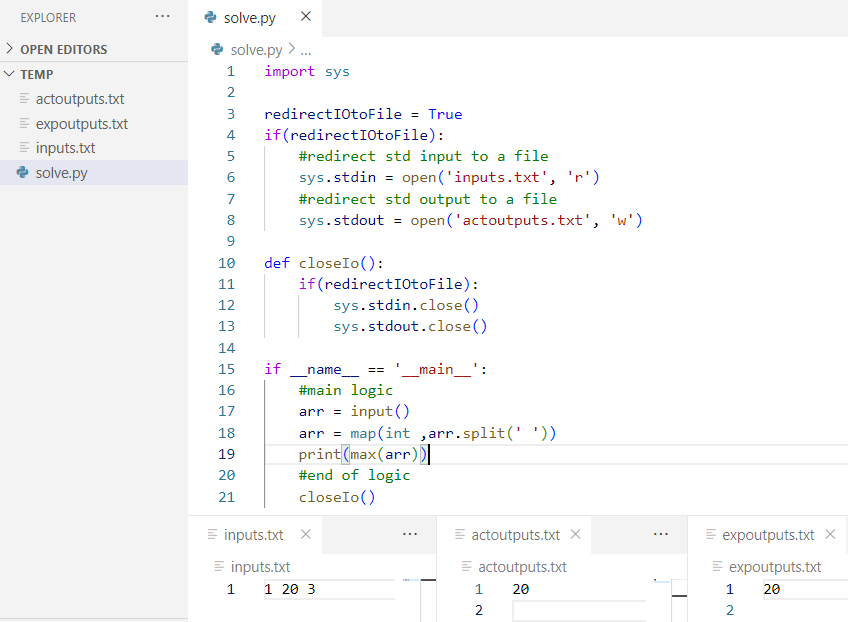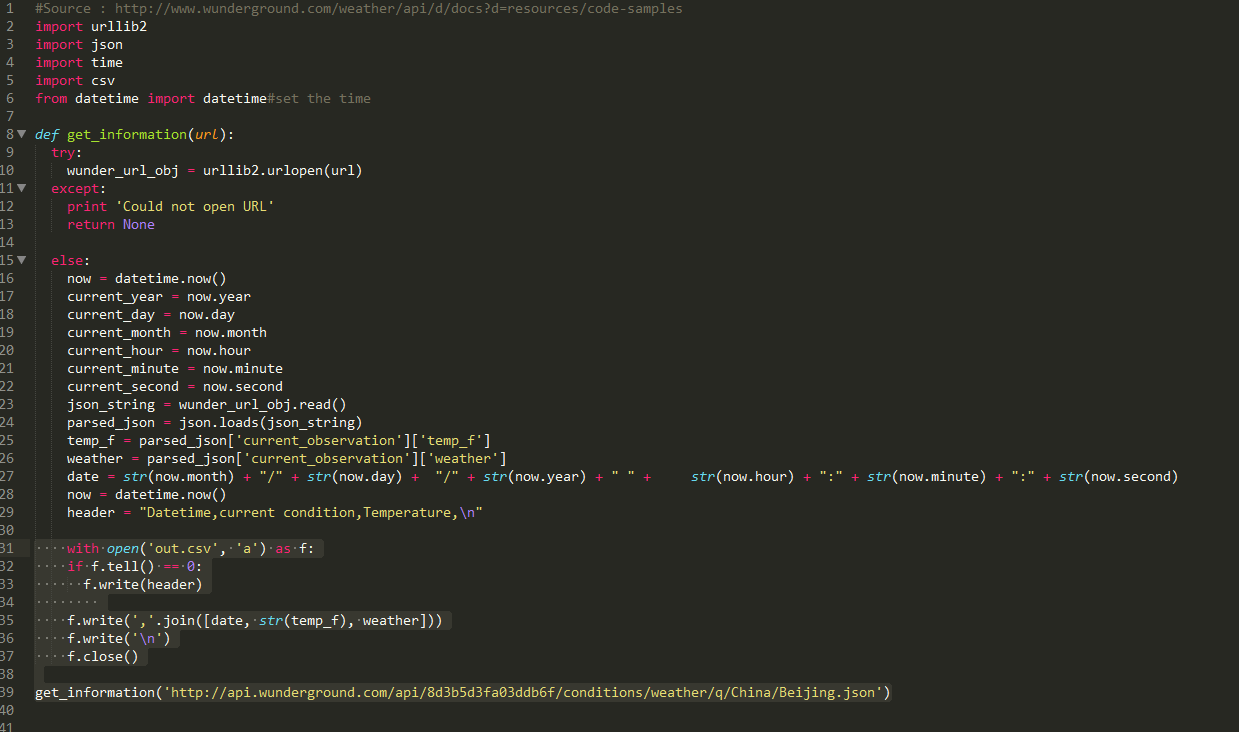What is the difference between list and set in python with example
What is the difference between list and set in python with example
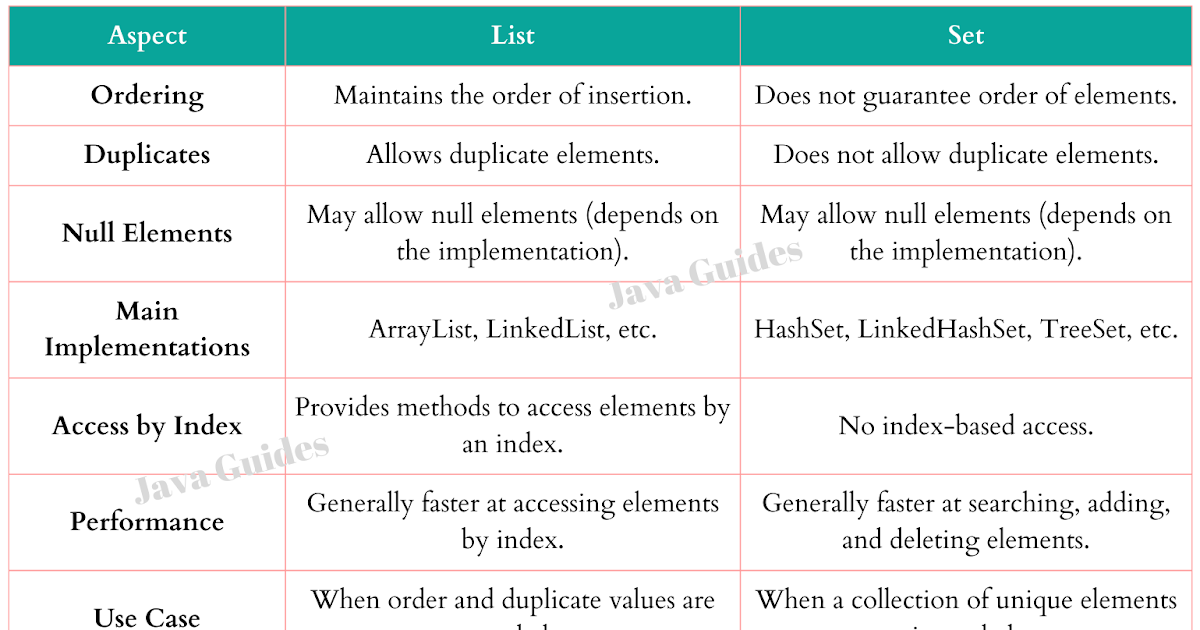
I'd be happy to help!
In Python, both list and set are collection data types that can hold multiple values, but they have different underlying structures and use cases.
List (mutable)
A list in Python is an ordered collection of items that can be changed or modified after creation. This is because lists are implemented as arrays with dynamic size allocation. Each item in the list is accessible by its index, and you can insert, remove, or modify elements at any position.
Example:
my_list = [1, 2, 3, 4, 5]
print(my_list) # [1, 2, 3, 4, 5]
Accessing an element by its index
print(my_list[0]) # 1
Inserting an element at the beginning of the list
my_list.insert(0, 'a')
print(my_list) # ['a', 1, 2, 3, 4, 5]
Removing an element from the list
my_list.remove(3)
print(my_list) # ['a', 1, 2, 4, 5]
Set (unordered, mutable)
A set in Python is an unordered collection of unique items. The key characteristics are:
Unordered: Sets do not maintain any particular order. Unique: Sets only store unique items; duplicates are automatically removed.Example:
my_set = {1, 2, 3, 4, 5}
print(my_set) # {1, 2, 3, 4, 5}
Adding an item to the set (if it's not already present)
my_set.add(6)
print(my_set) # {1, 2, 3, 4, 5, 6}
Removing an item from the set
my_set.remove(4)
print(my_set) # {1, 2, 3, 5, 6}
Key differences:
Order: Lists maintain a specific order, whereas sets do not. Uniqueness: Sets automatically remove duplicates, whereas lists can contain duplicate values. Indexing: Lists have indexed access to elements, while sets use iteration (e.g.,for loop) or membership testing (in keyword). Modifiability: Both lists and sets are mutable, allowing you to add, remove, or modify elements.
When to use each:
Use a list when: You need to maintain a specific order. You frequently insert, remove, or modify elements at arbitrary positions. Use a set when: You only care about the presence or absence of an item (uniqueness is important). You don't need to maintain a specific order.I hope this helps clarify the differences between Python lists and sets!
What is the difference between list and tuple set in Python?
I'll respond in English this time!
Python provides several built-in collection types to store and manipulate data, including lists, tuples, and sets. While these data structures share some similarities, they have distinct differences in terms of their functionality, use cases, and characteristics.
Lists
A list is a mutable sequence of objects that can contain duplicate values. It's similar to an array in other programming languages. Lists are defined using square brackets [] and elements are separated by commas. For example: my_list = [1, 2, 3, 4, 5].
Here are some key characteristics of lists:
Mutable: Lists can be modified after creation, such as adding or removing elements. Indexed: Lists allow you to access elements using their index (position in the list). Allow duplicate values: Lists can contain duplicate values.Tuples
A tuple is an immutable sequence of objects. Like lists, tuples are defined using square brackets [] and elements are separated by commas. However, tuples cannot be modified once created. Tuples are often used when you need to store a set of values that should not be changed, such as configuration settings or metadata.
Here are some key characteristics of tuples:
Immutable: Tuples cannot be modified after creation. Indexed: Like lists, tuples allow you to access elements using their index (position in the tuple). Do not allow duplicate values: Tuples cannot contain duplicate values.Sets
A set is an unordered collection of unique objects. Sets are defined using curly braces {} and elements are separated by commas. Unlike lists and tuples, sets do not preserve the order of elements. Sets are useful for storing collections of unique items, such as a set of words or numbers.
Here are some key characteristics of sets:
Unordered: The order of elements in a set is not preserved. Unique values only: Sets can contain duplicate values, but internally, they eliminate duplicates to ensure uniqueness. Mutable: Sets can be modified after creation by adding or removing elements.When to use each
So, when should you use lists, tuples, and sets? Here are some guidelines:
Use lists: When you need a mutable sequence of objects that can contain duplicate values. When you need to modify the collection after it's been created. Use tuples: When you need an immutable sequence of objects that should not be changed. When you need a configuration or metadata that shouldn't be modified. Use sets: When you need a collection of unique objects, such as a set of words or numbers. When the order of elements doesn't matter and you want to eliminate duplicates.In summary, lists are mutable sequences that can contain duplicate values, tuples are immutable sequences that cannot contain duplicate values, and sets are unordered collections of unique objects. By choosing the right data structure for your problem, you can write more effective, efficient, and maintainable code in Python.

